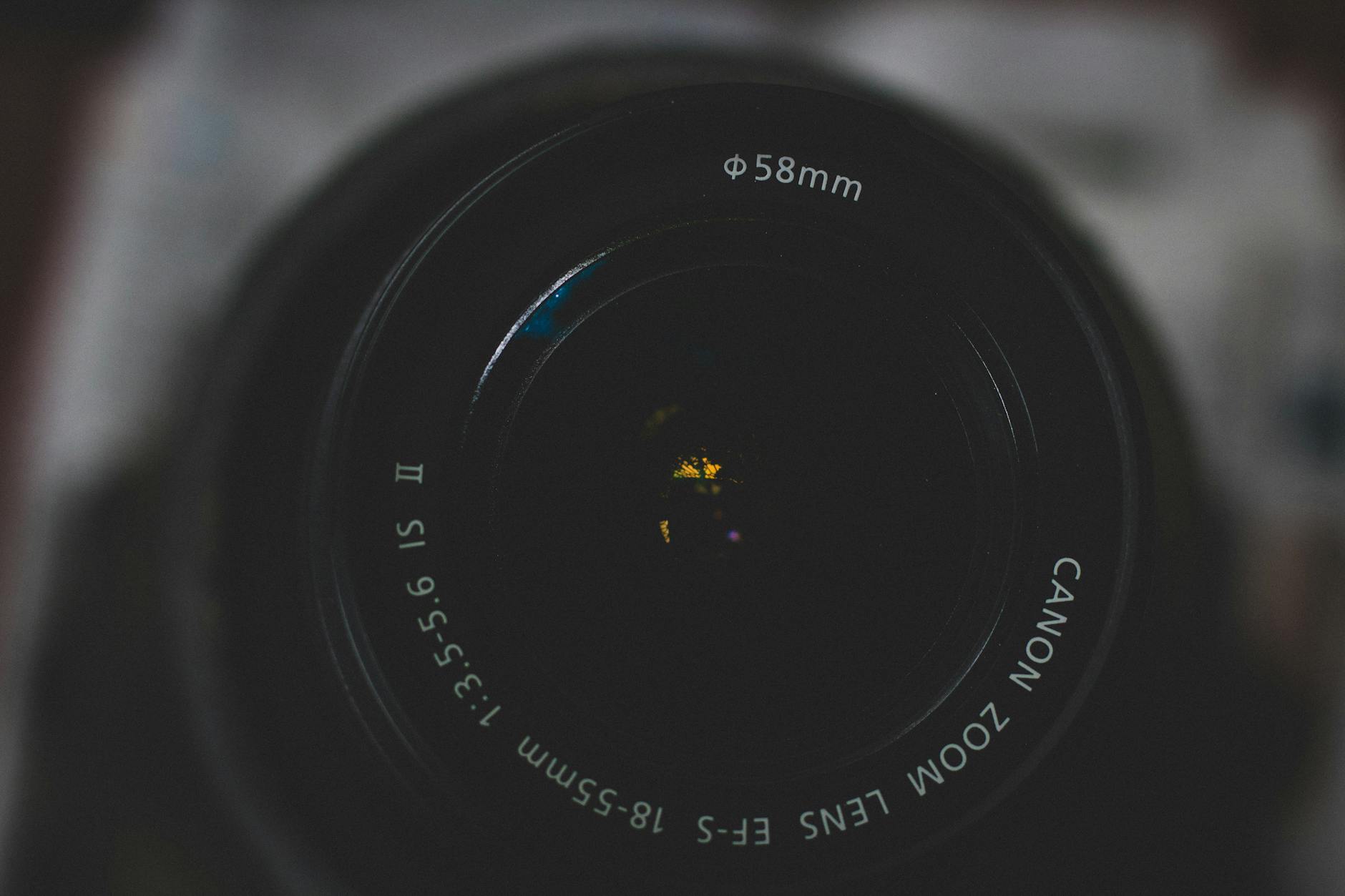How to Choose the Best Pro Audio Tools for Classrooms in Australia

Assessing Classroom Needs
Identifying Audio Requirements
As a music instructor in Melbourne, I've found that identifying audio needs in your classroom is crucial to enhancing the learning experience. Every space has its unique challenges, and it's important to tailor your equipment choices to those. For example, if you’re working with a diverse group of students, including those with hearing impairments, investing in a hearing loop can significantly improve their auditory experience.
Evaluating Room Acoustics
Understanding room acoustics is another vital step. Whether you're teaching in a small private studio or a large hall, the way sound travels and reverberates will affect how your students perceive it. It's often helpful to assess the room during different times of the day, as the Melbourne Recital Centre does, to understand how variables like occupancy and ambient noise influence acoustics.
Considering Audience Size
Finally, consider the size of your audience. A professional microphone may be your go-to for intimate sessions, but when teaching larger groups, especially in bustling instrument shops along Collins Street, opting for equipment that can handle a broader reach is key. By strategically selecting and integrating suitable professional audio tools, you ensure that every student benefits from clear, high-quality sound during your sessions. This approach fosters a more inclusive and effective learning environment.
Selecting Essential Equipment
When it comes to outfitting educational environments with top-tier audio solutions, choosing the right components can make all the difference. As a music instructor in Melbourne, drawing inspiration from the innovation seen at the Melbourne Recital Centre is essential to guide our decisions and achieve superior audio quality.
Microphones and Their Types
Selecting a microphone is pivotal, whether you're facilitating therapy sessions or lecture delivery. For professional settings, pro audio equipment like condenser microphones are preferred for their sensitivity and ability to capture subtle vocal nuances. However, dynamic microphones are robust choices when durability and feedback rejection are pivotal, especially in versatile environments.
Speaker Systems Overview
No audio setup is complete without robust loudspeakers, vital for immersive sound distribution. Considerations should include the size of the classroom, power handling, and frequency response to ensure that everyone, even those seated at the back, can experience clear, consistent audio. Portable PA systems offer flexibility for dynamic setups, whereas installed speakers provide reliable, permanent solutions.
Importance of Hearing Loops
Incorporating hearing loops is essential in creating an inclusive environment. Hearing loops enhance accessibility for individuals with hearing aids by transmitting sound directly to their devices, minimizing background noise. Implementing this technology can significantly improve communication clarity, supporting therapists and educators in their mission to provide effective and equitable learning experiences.
In crafting an audio system for educational spaces, embracing advanced components and considering all users' needs will empower educators to deliver enhanced, engaging sessions.
Integration with Therapy Practices
Aligning with Therapy Goals
When integrating audio technology into therapy practices, ensure it aligns seamlessly with your therapeutic objectives. For example, if your aim is to improve auditory processing, selecting tools like data projectors for visual support and interactive displays can be crucial. These tools help create a multi-sensory environment that enhances your clients' engagement. Remember to always tailor your choices to the unique needs of your clients and therapy goals.
User-Friendly Technology Picks
Choosing user-friendly technology is key for a smooth transition. Look for equipment like monitors for video conferencing that are intuitive and come with supportive resources. This not only eases operation but also encourages consistent use. Prioritising simplicity in technology ensures your focus remains on client interaction rather than troubleshooting tech issues.
Ensuring Seamless Integration
Seamless integration into existing frameworks is often challenging. Start by assessing the current setup of your therapy room and consider how new audio equipment will fit. Technology shouldn't overwhelm your space but rather complement it. As you plan for integration, draw inspiration from educational resources available at the State Library Victoria which offer valuable insights into successful tech integration. By methodically approaching this process, you'll create a harmonious and effective therapeutic environment.
Best Practices for Use
Optimal Equipment Setup
Setting up your recording microphone and other audio tools correctly can make a remarkable difference in your professional scenario. You’ll want to start with the basics: positioning your microphone a fair distance from the source material to capture clear and authentic sounds while minimising background noise. Especially in a therapeutic setting, precise arrangement can enhance audio capture quality, thereby supporting effective treatment plans.
Regular Maintenance Routines
Maintaining your audio equipment should become a regular habit. Dust and moisture are common adversaries of microphones and guitars and basses, potentially leading to compromised sound quality. It's important to engage in periodic cleaning, using anti-static brushes and compressed air, to ensure optimal performance. Verification of cable connections and regular software updates for any digital components will also prolong the lifespan and functionality of your setup.
Training and Skill Enhancement
For those integrating audio technologies into therapy, continuous learning is vital. Melbourne offers various educational resources, from online tutorials to workshops found in the Melbourne Recital Centre, that can enhance your proficiency. Participating in these opportunities will ensure you’re keeping pace with innovations, making your sessions as effective as possible. With ongoing training, you'll empower yourself and enhance your ability to aid clients with the highest quality service.
Avoiding Mistakes in Pro Audio Setup
Addressing Compatibility Hiccups
One of the most common pitfalls when setting up pro audio tools in classrooms is overlooking compatibility issues. Picture this: you've got a shiny new mixing console, but it doesn't gel with your existing speaker system. Yikes! To sidestep such problems, always check device specifications and test compatibility during initial installations. Swing by the instrument shops along Collins Street for hands-on advice or consult trusted educational resources in the State Library Victoria. They often house plenty of gear with complementary connectors and interfaces.
Investing in User Education
Neglecting user training is another critical mistake that can tarnish the audio experience. Even the most advanced technology can become a costly ornament if no one knows how to operate it. I suggest conducting regular training sessions for staff and students to boost proficiency. These tutorials can be live or digital, offering tailored instruction for various user skill levels. The Melbourne Recital Centre frequently hosts workshops to help refine musical and technical skills, providing an inspiring model for structuring your own learning programs.
Prioritising Acoustic Considerations
Underestimating the impact of room acoustics can greatly affect sound quality. Every room is unique, and even the most cutting-edge audio equipment can't compensate for poor room dynamics. Ensure you're evaluating the space’s acoustics before finalising a setup. Simple fixes, like adjusting speaker positions or adding acoustic panels, can make a world of difference. Tap into local knowledge from acoustics experts in Melbourne to help tailor your environment to deliver an optimal sound experience for all.


